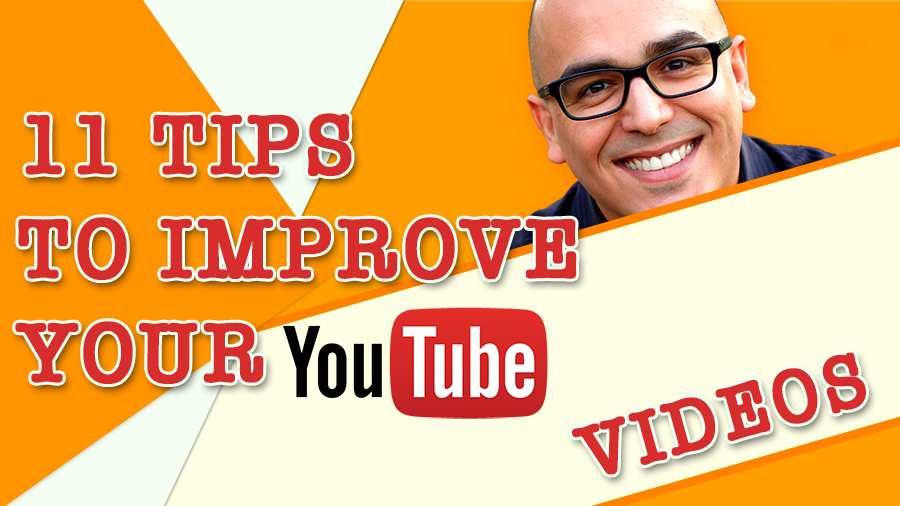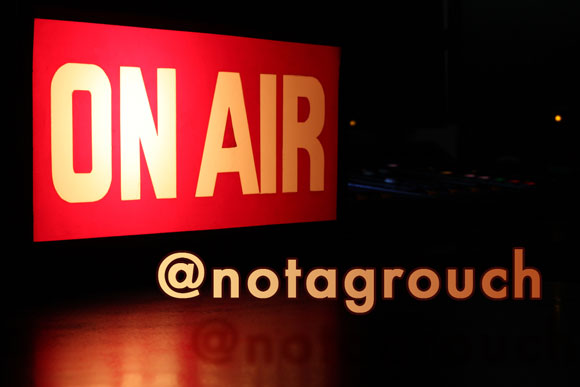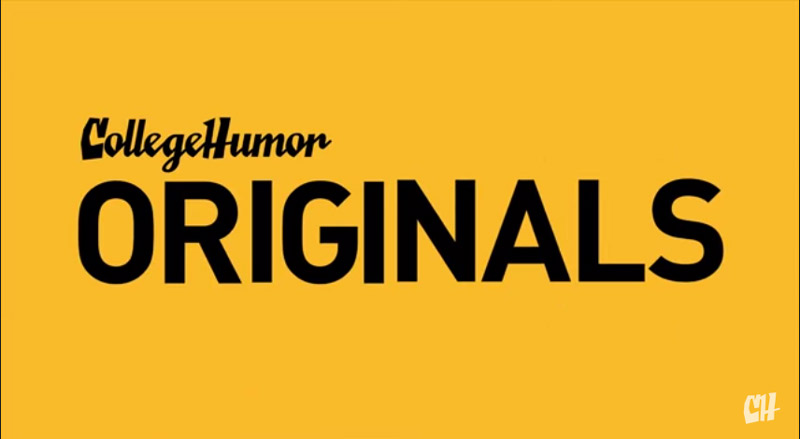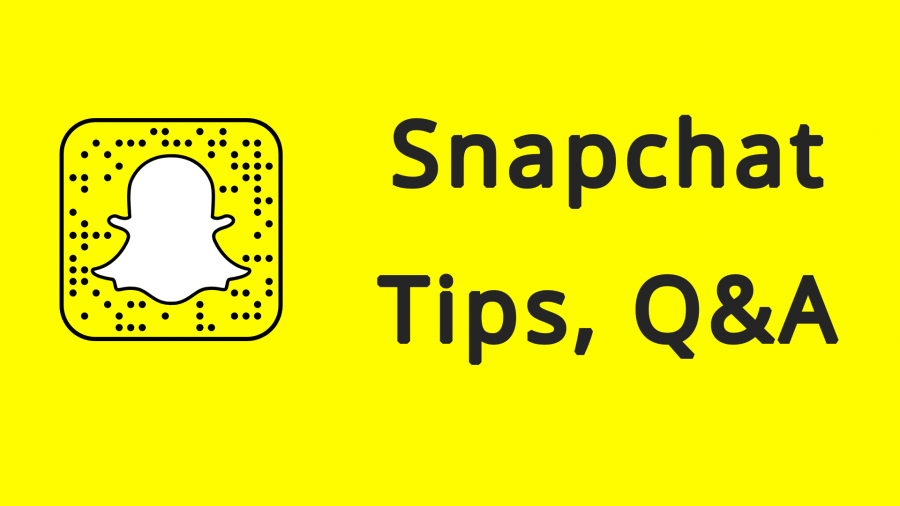11 Best Practices to Get More Views on Youtube Videos
Youtube is a huge site, with millions of videos uploaded daily, it ranks as one of the top 5 websites in the world, and it's widely referred to as the 2nd largest search engine.
Yes, really. Look here, and here.
And what is the number 1 search engine? Google, of course.
Google owns Youtube so you can say that Google really owns the #1 and #2 spots where people are searching.
One could argue that YouTube is not a search engine at all because it doesn't serve any documents outside of its own site, technically making the search function exclusively internal.
But going by the sheer number of searches going on in YouTube, and for this blog post, I'll consider Youtube a search engine.
This is why it makes sense for you to be on Youtube. Your business should be on Youtube and if you have a brand or a product, or even if you are your own brand, Youtube is something you should make part of your strategy.
There's Talent and There's Hustle.
Sometimes it seems that our efforts to create new engaging videos don't really pay off.
We find that despite all the effort planning, shooting, and editing a video, they turn out very low views and even lower engagement.
Well, here's what I have found. There are two things when it comes to any type of work, including being a content creator. One is talent, and the other is hustle.
This whole list is about hustle. It's about all the stuff you can do to beat the competition even if they are more talented than you.
When I've done all the heavy lifting part of a video, and I think I'm done. Just before my video is about to be published, I go through this list of stuff.
The work you put into this list can seem overwhelming, but take one step at a time and just check off each item as you go. After a few times, the process will become second nature.
This list is not comprehensive, but it's a collection of 11 best practices to follow just before and immediately after you publish a video.
Without further ado, here is the list I follow:
1 Add to a Playlist
Increase watch time by adding your video to a playlist of yours. Adding videos to related playlists gives you a chance of getting more views when people find one of your videos through a playlist.
Playlists show up in search results and sometimes videos in the playlist come up as results so when people play such a video, they're likely to see other videos in that playlist.
Bonus - make sure it's added to a "series playlist." Series playlists are special playlists, you can read more about them here.
Bonus 2 - make sure you create a good description for the playlist so that it helps with search results. You can even add short descriptions for each video which will help with search results as well.
2 Add an End Screen
When your video is over, help direct the viewer where you want to by linking to other videos or adding a subscribe button. You can add up to 4 items on your end screen, including any video, a recommended video for the viewer, a playlist, and the lastest upload.
End screens can be up to 20 seconds long. You can see how I do my end-screens on any of my videos.
Some YouTubers add a small video segment at the end of their video to talk about the end screens and actively direct the user to click on them, others like me, just ad a static slide for 10 - 20 seconds.
You can decide how to do it, or you can start with a static slide like me, and then later on make end video segments, up to you. But just use the end screens, they help.
This is an explanation of end screens, straight from the horse's mouth. And below is a good video by Youtube expert Darrel Eves, I recommend you check those two things out.
Darrel talks a little bit about annotations, the precursor to end screens. Then quickly gets into a tutorial on how to add end screens. Worth a few minutes of your time.
3 Add Tags to Your Title
It's generally important to have at least 1 or 2 of your tags appear in your title to help with search optimization on those terms.
This sounds confusing, but it basically means that you should have 2 tags from your tag collection (found under your description) match with part of the title of your video.
I have a feeling that tags will eventually go away as artificial intelligence engines get better at recognizing visual and spoken content, but for the time being, tags help you organize and categorize your video so that more people can find it.
Tags can be added in their own section, use at least 2 of these tags as part of your title to reinforce the topics and type of searches your video will appear in.
4 Add More Tags
YouTube allows up to 500 characters when adding tags. Use as many as possible and keep tags relevant to your video.
#3 above and this can go in any order, but when it comes to tags, you can add up to 500 characters worth of tags. Use them wisely and if possible, use up all your characters to maximize the chance of your video being discovered.
TubeBuddy helps you keep track of how many characters you've used and also helps you pick the right tags to use in your video. Learn more about TubeBuddy here.
5 Add Info Cards
Add Info Cards in order to provide relevant external information to your video - a related video of yours or your website, etc.
Info cards are those little pop-up icons that come up during some Youtube videos, they create a clickable call to action for your viewers to get more information about a video.
Info cards can link out to other videos, playlists, or even your website. You can add up to 5 cards to any video, and they are time-stamped so they can come up at the exact time you pick.
Sunny Lenarduzzi has a great video tutorial geared towards influencers and entrepreneurs, I highly recommend you take a look, it's only 3 minutes.
6 Add Captions
Adding captions will not only help visually impaired users consume your content, but it can also boost your search rank!
There is some evidence to suggest that videos with accurate captions tend to do better in search results and may attract more engagement compared to their counterparts without captions.
I recently made a video about this where I explain that I've seen around 5-15% increase in average on videos with close captions versus those that don't have it or have the automatic Youtube generated close captions.
I recommend you add your own and don't rely just on the ones that Youtube creates.
Here's that video if you want to see how to create subtitles from scratch with Youtube.
7 Upload High-Resolution Thumbnail
Ensure that your thumbnail shows up crisp and clear on all devices by publishing a high-resolution version. It's important to make sure your thumbnail is eye-catching but also make sure it's high-resolution.
Sometimes you can make a thumbnail on a mobile device and it looks great in that screen, but when you make it larger it turns out it's blurry or looks like it's low quality.
Thumbnails are the first impression when people see your video in search results or in your page so put some effort into it and make sure it's of high quality.
You can use Canva, Photoshop, or other apps to help you create crisp and eye-catching thumbnails. TubeBuddy even has a built-in thumbnail generator you can use on the fly.
One thing to note is that you must have a verified Youtube account to be able to upload custom thumbnails. Here are more details about video thumbnails.
8 Turn on Monetization
This video doesn't have monetization turned on which means you're not earning any ad revenue from it.
If you are a Youtube partner, you should turn monetization on for your video before you publishit. This will help you generate revenue from your video and it should encourage Youtube to show your video more frequently since they will also make money from it.
In order to have monetization available for your channel, you must meet certain requirements. You can learn more about those requirements here.
9 Make Your Title Between 20 and 70 Characters
You generally want your video title to be long enough to be descriptive but not too long to where it becomes hard to read.
Just like tags, you have a limit on the number of characters you can use in your title, but the ideal size for a title is between 20 to 70 characters. This is long enough to be descriptive and eye-catching but not so long that it becomes a burden to read the title.
Technically, you can go longer than 70 characters, but this is the cutoff mark for the title when it shows up on search results so in most cases, the viewer doesn't see anything beyond the 70 characters until they click on the video to watch it.
10 Get a like on Facebook
YouTube isn't the only place you should be sharing your video - make sure you tell your connections on Facebook about it.
This one is easy, and it also serves as a reminder to share your video on Facebook.
Whether you share it on your Facebook business page, fan page or your personal profile, share it so that other people can see it and hopefully at least a few people will like the post on Facebook.
You can also share your video in a group, but the likes from groups may or may not be tracked. Always share the video to your personal profile AND a business page if you have one.
This helps with your visibility, SEO and social signals.
11 Pin a Comment
Take control of your comment section by "pinning" a comment that you choose to the top of the list (usually your own comment).
This is a recent trend and while I can't say exactly how important it is, it is very clear that you should do this for all your videos as a way to start up the conversation and encourage others to leave their own comments.
It used to be that you would put a lot of information in the description, but in most cases, people will not click on the "see more" link to reveal your entire description.
A comment, on the other hand, is visible right away and if it's the pinned comment, it will show at the top so you can add more information about the video, ask a question or provide additional links.
Many people will feel inclined to reply to a comment by the creator instead of leaving their own comment.
In conclusion
So this is a good list for you to follow, keep it on a spreadsheet, print it and stick it next to your desk. Whatever you need to do to keep this list handy, do it. If you follow these, you should see an increase in views and hopefully engagement as well.
You still have to strive to create informational, educational and entertaining content, but when you've done your best in that regard, follow this list and I think you'll see results.
The Tubebuddy extension I mentioned helps you accomplish and track all of these items for you, like item #3, with TubeBuddy, is a breeze.
If you want to look at that, it's free and available for all major browsers. Learn more about it here: https://tubebuddy.com/youtubehelp. And yes, if you were curious, I'm an affiliate for them. But I also use them for every single video I publish and I'm slowly working my way back through all my previous videos.






